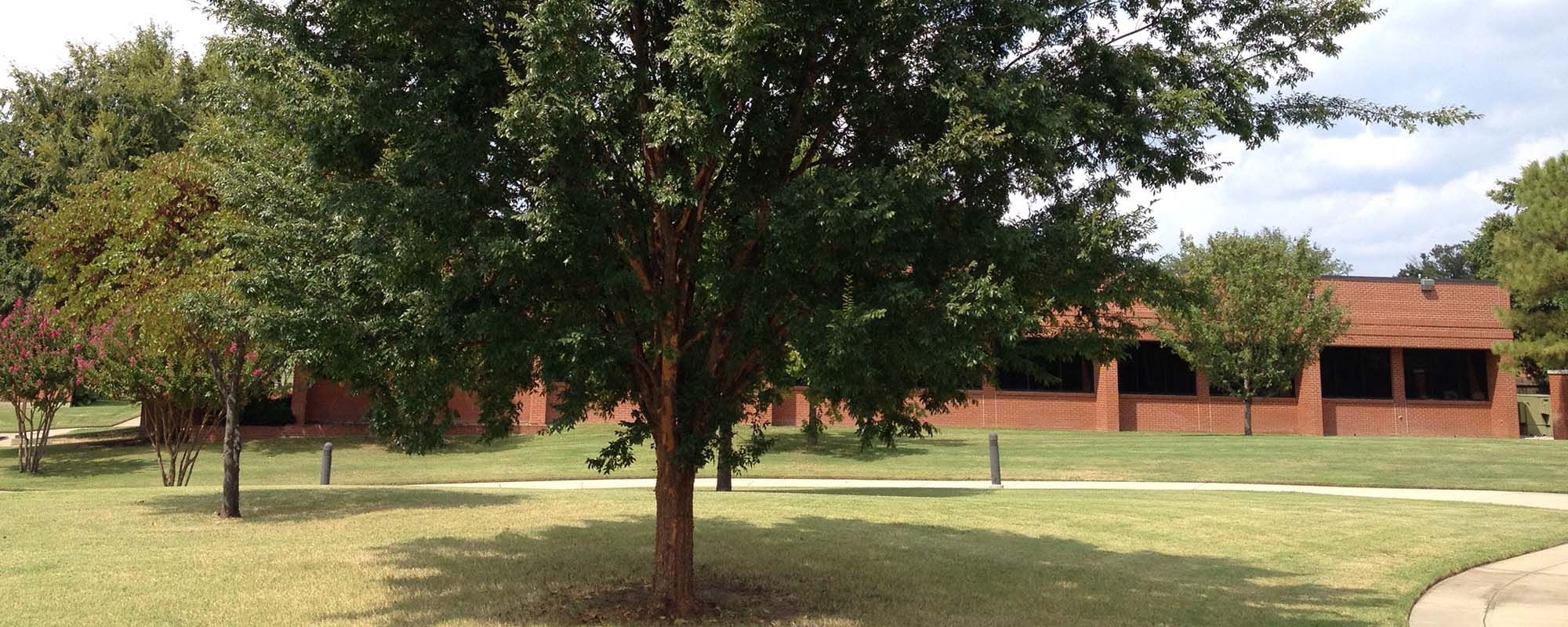It’s not unusual for property owners to lose trees as the result of road widening, home construction or remodeling, oil and gas drilling activity, or pipeline/utility construction. Trees have market value much like real estate because they serve a functional and/or aesthetic role in both the rural and urban landscape.
In order to receive financial compensation for the loss of a tree, a value needs to be established. Tree appraisal is not a precise process due in part to its subjective nature. Trees that are small enough to be replaced with a similar-sized nursery tree can easily be appraised by determining the cost of replacement, which typically includes the cost of removing the dead tree, installation and post-planting care.
Establishing a value for large trees is a more complicated procedure. Fortunately, a formula has been developed for appraising the value of large, individual trees. It takes into account the replacement cost of a small tree and extends that cost to a larger specimen. The guidelines for this method are distributed by the Council of Tree and Landscape Appraisers (CTLA) and are accepted by professionals in the landscape and legal professions.
The formula is: Tree Value = Base Value x Cross-sectional Area x Species Class x Condition Class x Location Class Base Value is the dollar amount assigned to 1 square inch of a tree’s trunk cross-sectional area and is typically based on the cost of the largest available replacement plant of the same species.
- Cross-sectional Area is a measurement of tree size. It is the cross-sectional area of the tree trunk measured 1 foot above ground level for trees with trunks up to 12 inches in diameter or 4 ½ feet above ground for trees with trunks greater than 12 inches. Cross-sectional area can be calculated from trunk diameter using this formula: diameter2 x 0.7854.
- Species Class is an assigned value based on merit. Criteria used in determining species class include form, growth habit, flowering and fruiting characteristics, structural strength, longevity, insect and disease resistance, and maintenance requirements. Each tree species can be assigned any value from 1 percent to 100 percent, but for simplicity’s sake is usually placed in one of five percentage classes (100, 80, 60, 40, 20). When used in the formula, the class values must be expressed as a decimal, i.e. 80 = .80.
- Condition Class is an assigned value based on the observed condition of the tree and takes into account such factors as wounds, decay, storm damage, insect or disease damage, and poor form. This value can be any percentage from 1 percent to 100 percent, but for simplicity’s sake is usually placed in one of five percentage classes (100, 80, 60-40, 20, 0) and should be expressed as a decimal in the formula. When assigning a value for condition class, keep in mind that very few trees are perfect specimens.
- Location Class is based on the functional and aesthetic contribution that the tree makes to a site and the importance of the location in context of the broader community. The location value can be any percentage from 1 percent to 100 percent and should be expressed as a decimal in the formula. Generally speaking, a tree of historical significance or a residential shade tree will have a much higher location value compared to a tree growing in a pasture or under a power line.
Because there are multiple aspects to consider when developing condition class and location class values, the process can seem to be more subjective than objective. To assist you with this process, Michael Dana, an extension horticulture specialist with the Purdue University Cooperative Extension Service, has authored a publication entitled Landscape Tree Appraisal. This publication offers detailed instructions on using the formula. It includes species class, condition class and location class tables complete with values for different tree species, condition and location scenarios. Several examples are also provided.
One note about this publication: pecan is not listed in the tree species table. When estimating the landscape value of a pecan tree, I recommend using the value given for another nut tree, black walnut. To determine the value of a pecan tree based on nut production, refer to the Noble Research Institute publication Assessing the Value of Pecan Trees.
Using the CTLA Tree Appraisal formula enables users to estimate a tree’s monetary value in order to settle a claim. While not a precise science, the CTLA formula offers a much more objective option compared to simple guesswork.


Comments